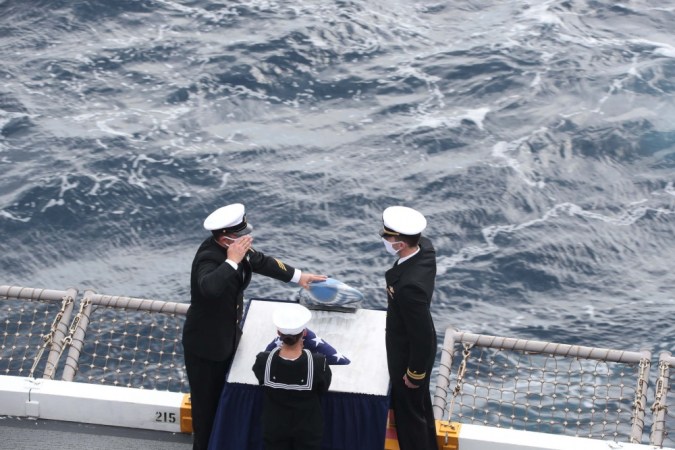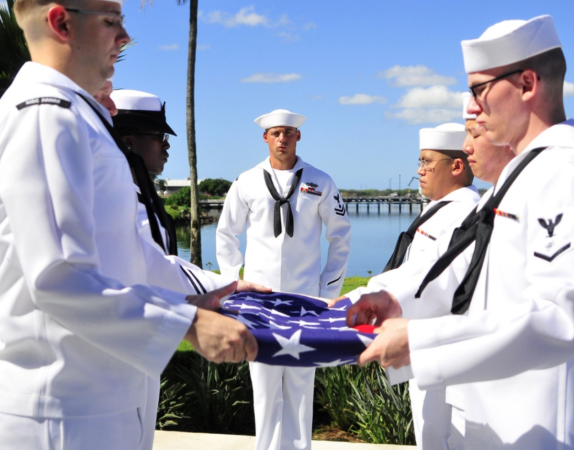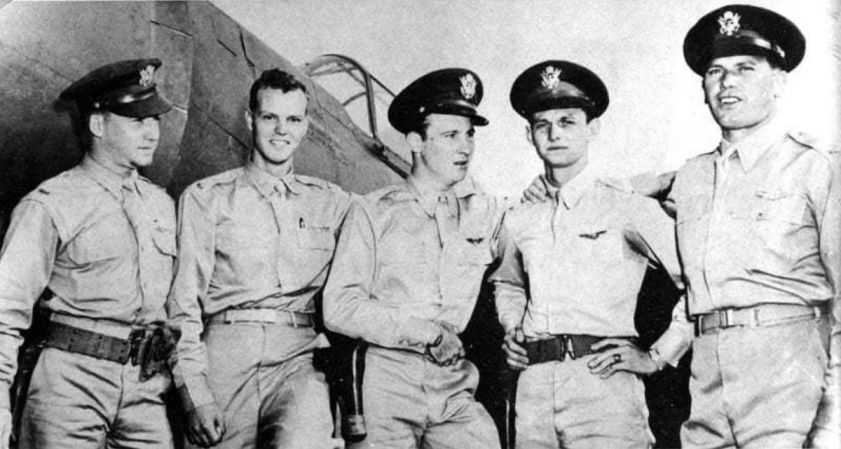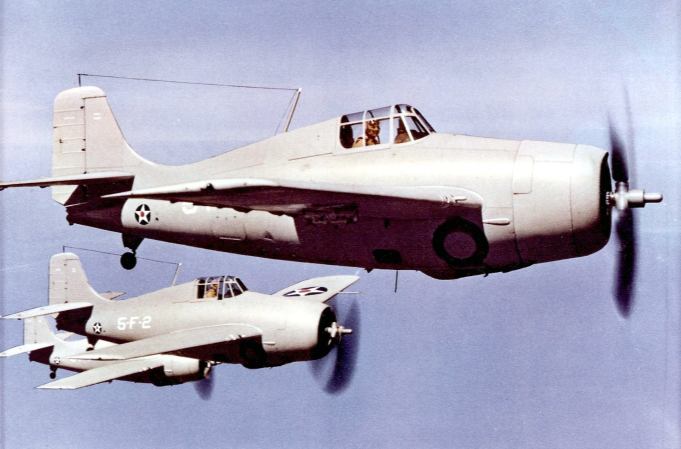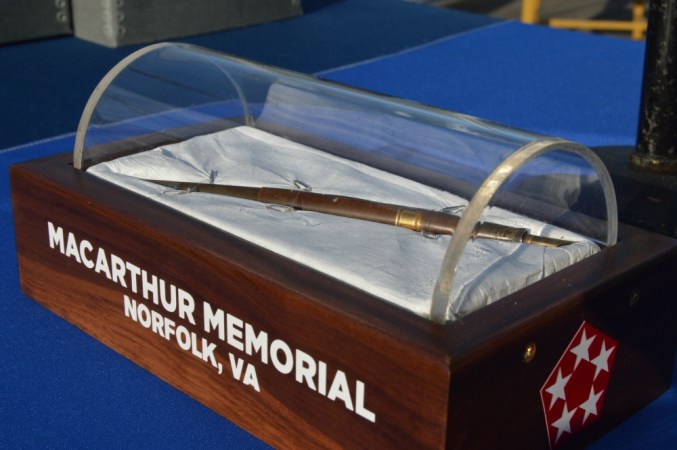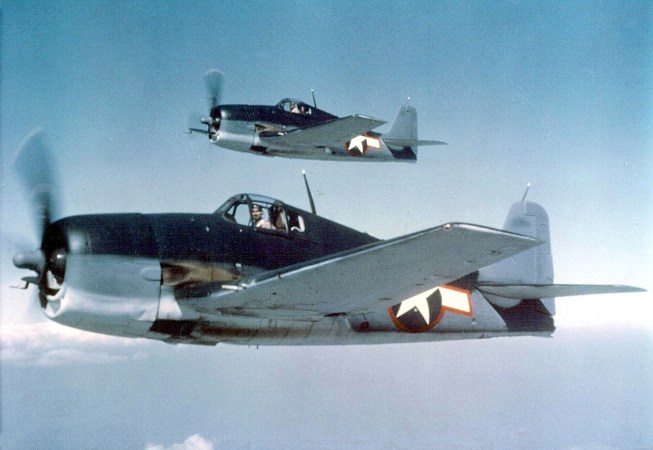Warrant Officer Sakio Komatsu had just taken off from the aircraft carrier Taiho during the Battle of the Philippine Sea when he spotted six American torpedoes bearing down on his ship.
Almost immediately, he banked his “Judy” dive bomber into the path of one, causing it to detonate against the plane and preventing a hit against the carrier at the cost of his own life.

Near the end of World War II, the Japanese launched one of their best-ever carrier designs. While the carrier Taiho lacked the catapults of many of its American rivals, it was heavily armored, carried 73 aircraft and massive amounts of aviation fuel and ammunition, and boasted radar.
The Taiho launched on April 7, 1943, and was commissioned on March 7, 1944. With the Japanese Navy in retreat across most of the Pacific, the admirals held the Taiho in reserve until it could be sent where it would make a significant difference.

It was an armored support carrier, meant to serve on the frontline and protect older carriers launching their planes from the rear. With massive supplies of ammunition and fuel, it would be able to refuel and rearm planes from other carriers.
The ship was committed to combat in June as part of the Battle of the Philippine Sea, one of the largest carrier battles in history. The goal of the Japanese forces was to force a confrontation with the U.S. and wipe out the greater American numbers.

On the morning of June 19, the Japanese force, with the Taiho as its flagship, launched planes in what would be one of the most lopsided defeats in naval history. The inexperienced Japanese pilots were massacred in what was later known as the Great Marianas Turkey Shoot.
But the Taiho only participated in part of the defeat. In the opening hours of the battle, the USS Albacore spotted the carrier and launched a spread of six torpedoes right as the second wave of planes was taking off.

Komatsu saw the torpedoes immediately after he took off and banked around, crashing his plane into the path and destroying the torpedo at the cost of his own life. Usually, that sort of heroism would mean that the story ends with, “He was awarded a medal and saved the lives of thousands.”
But while Komatsu was heralded for his decision, it wasn’t enough to save the Taiho. Four of the torpedoes missed, one was intercepted by Komatsu, but the sixth impacted the Taiho. It blew through the outer armor and created openings between an aviation tank, a fuel oil tank, and the surrounding ocean.

The Taiho crew gamely patched what holes it needed to and resumed launching aircraft. But there was a danger in its bowels. The leaking fuels were turning into vapors and filling the ship. For just over six hours, the ship continued fighting while the ship turned into a bomb.
Then it blew.
The blast rocked through the ship, blowing out the sides and opening holes that stretched down below the waterline. So Komatsu’s actions were one of the more heroic moments in warfare history, but it wasn’t enough to save his friends or his ship.
Approximately 1,200 men died with the ship.







